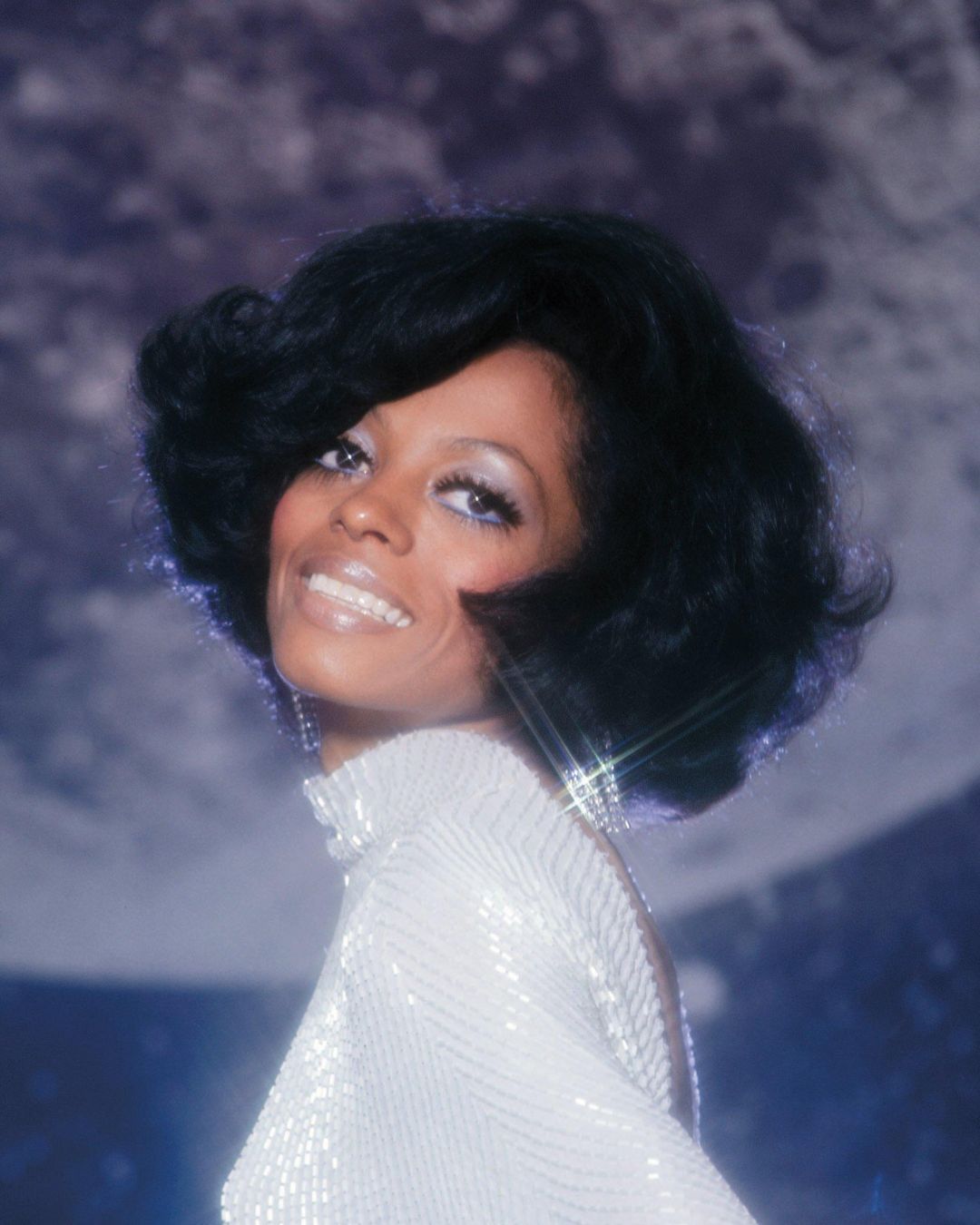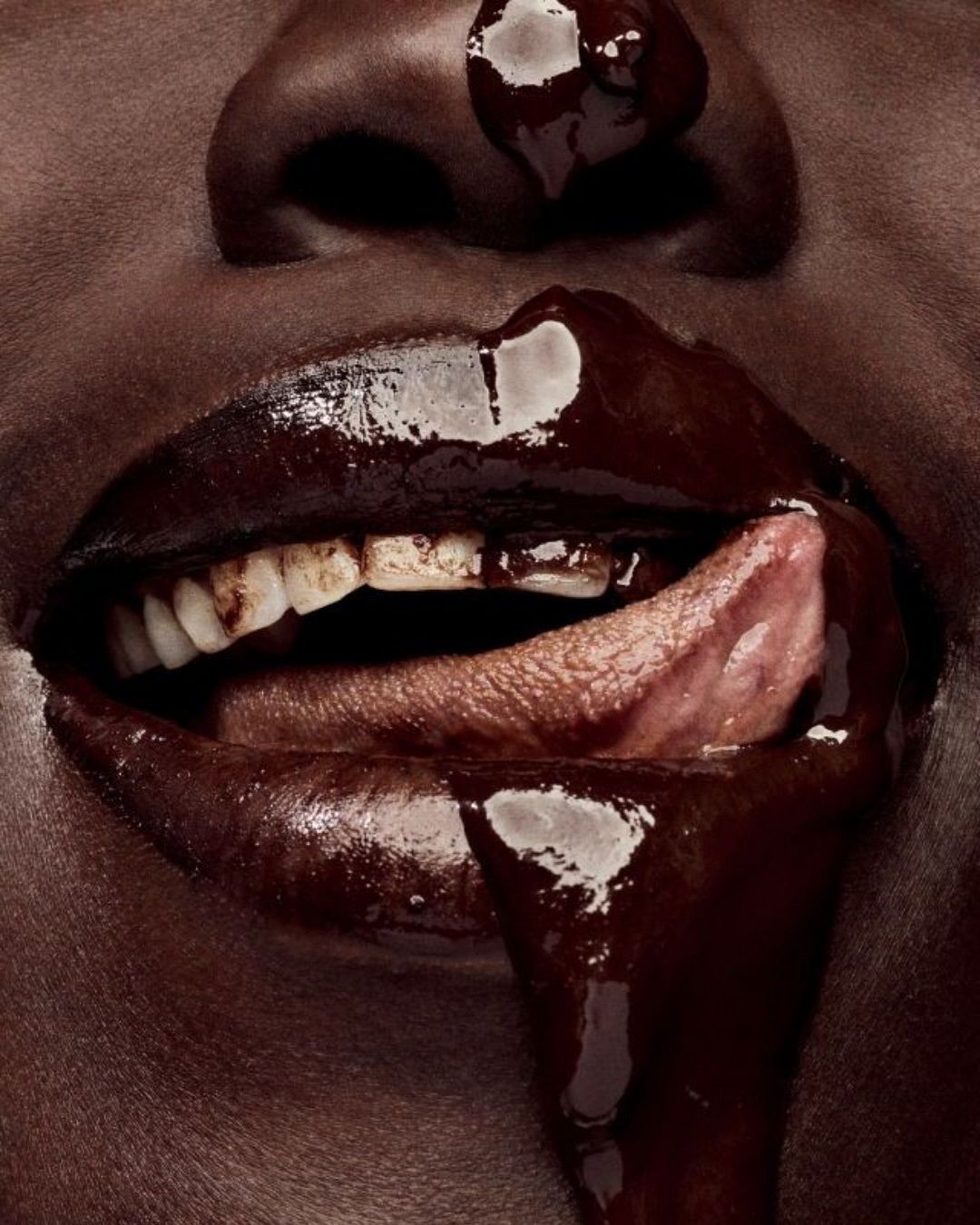
Explaining Diana Ross to gen Z Here is who is the woman who was named YSL testimonial at age 79
YSL, through the creative director Anthony Vaccarello, announced on Instagram that the absolute protagonist of the Spring 2024 campaign will be none other than Diana Ross. In the photo she looks stunning and regal in a black halter-neck dress, in black and white, incredibly intense. How to convey to a generation of young girls approaching the worlds of music, feminism, and media representation with enthusiasm and curiosity, what the presence of Diana Ross meant for the American and global entertainment industry? It's a dirty job, but someone has to do it.
The Supremes
Before the Spice Girls and Destiny's Child, there were the Supremes. A girl band ahead of its time, a girl squad before Taylor Swift, the Supremes not only remain, to this day, in second place in the ranking of female groups with the highest sales – with 29 albums and over 50 million copies – but also became the flagship of Motown, the American record label founded in 1959 in Detroit by Berry Gordy. As one can easily imagine, their beginnings were not easy. Diana Ross, Betty McGlown, Mary Wilson and Florence Ballard had to struggle to transition from background singers to the spotlight, becoming a symbol of the American music scene between 1959 and 1970 with songs like Where Did Our Love Go, Baby Love, and Come See About Me.
Solo Career
In 1970, Diana separated from the Supremes. In those years, as she later revealed in her autobiography Secrets of a Sparrow, she suffered from anorexia nervosa and faced intense stress and pressure due to fame and her relationship with colleagues. With her first solo album (featuring Ain't No Mountain High Enough), she achieved top chart positions, success in the UK, a dedicated TV special, and her first film roles. Relations with Motown were not always smooth; she had conflicts (and a love story) with the president, leading her to change record labels and eventually return after a hiatus. Summarizing her career, awards, and successes in just one article is impossible, but what is certain (and concise) is this: we honestly don't know if artists like Janet Jackson and Beyoncé would exist in our lives without Diana Ross's irreplaceable legacy—both in music and in style and stage presence, demonstrating to a predominantly white world the value of a black artist and, in the process, opening doors that were previously closed.
@aaron.hollomon Diana Ross surprised Beyoncé for her Birthday last night in Los Angeles. Still not convinced I wasnt dreaming this! #fyp #dianaross #beyonce #beyoncebirthday #renaissanceworldtour original sound - AZH
Struggles and Legacy
Diana Ross is a trailblazer for every non-white (especially black) member of the entertainment industry. A determined and resolute performer who, by simply existing in her element (the world of dance music and beyond) and fighting for what her talent deserved, achieved much—not only for herself but for those who came after her. Starting with style. In the words of Whoopi Goldberg, who has spoken and written about her on various occasions, including the foreword of the book Supreme Glamour: "Everything about the Supremes - all those dresses, suits, hats, gloves, furs, makeup, lashes, wigs - made me believe they were talking to me. In the '60s, nothing like this had ever been seen: three black women who were totally emancipated, creative, imaginative. Seeing the Supremes made me understand that it was possible to be like them, that black people could do it...". The world had already realized this in the '80s when unauthorized biographies and journalistic features were dedicated to her, although it's taking a bit of time for it to catch up. If it's challenging for a black woman to navigate the entertainment industry (and Hollywood) even today, imagine how things were 60 years ago.
Connection with Yves Saint Laurent
Her appointment as the face of the Spring 24 campaign for Yves Saint Laurent has its history and is not without significance. The artist is an old friend of the fashion house and its founder, with whom she was photographed at a UNICEF party in 1980. She has been wearing the brand since the '70s on the Studio 54 dance floor and has been spotted at Parisian shows on several occasions. It's more of a comeback than a revelation, an archival and recovery effort that serves as a reminder of how things have changed, but more importantly, how much still needs to be done.
























































